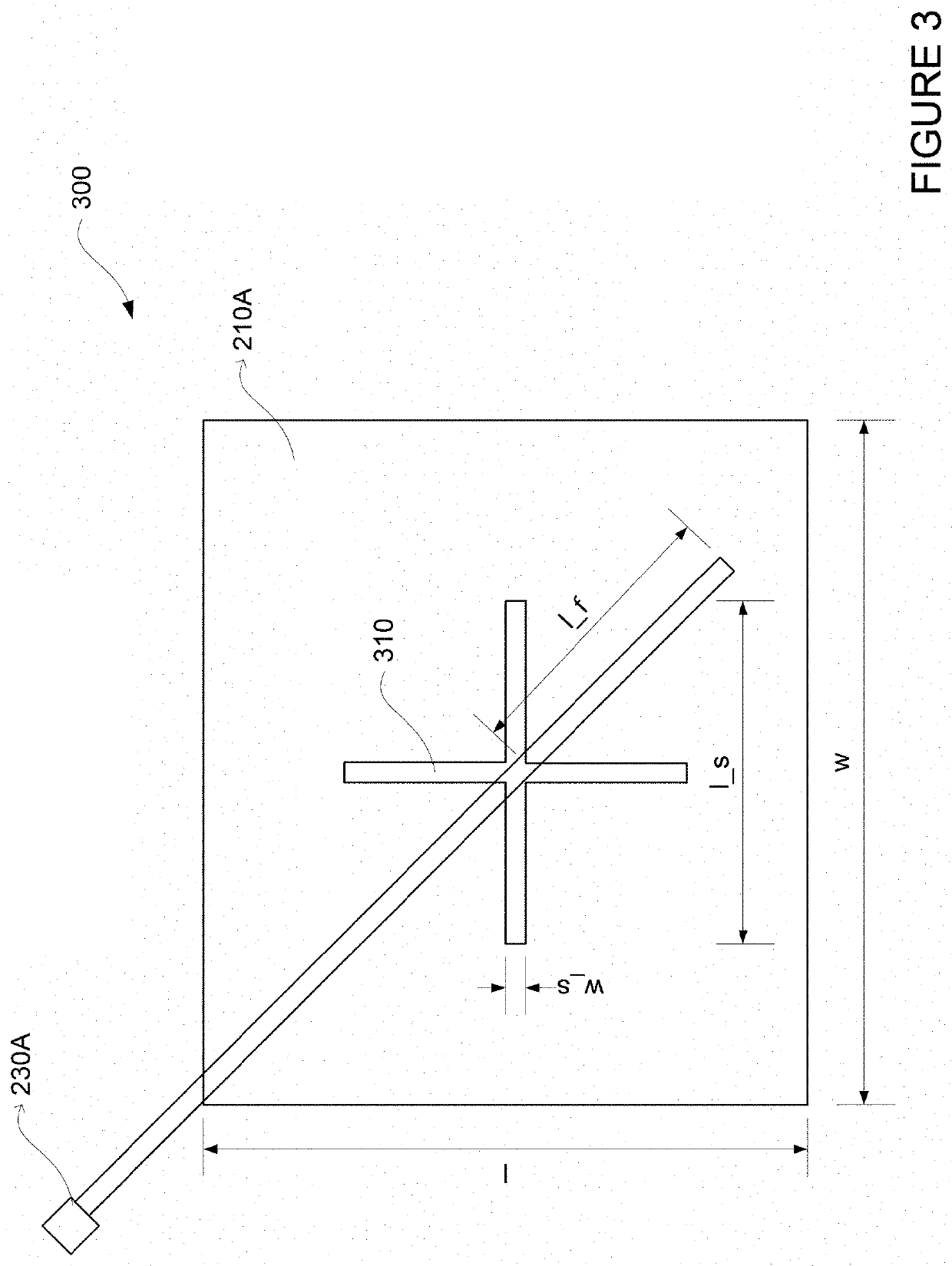Radiative Wireless Charging System
a wireless charging and wireless charging technology, applied in the direction of electric vehicles, transmission, transportation and packaging, etc., can solve the problems of complex beamforming, poor charging efficiency, and difficulty in aligning the two coils, etc., to achieve efficient wireless charging, high power level, and efficient power transfer
- Summary
- Abstract
- Description
- Claims
- Application Information
AI Technical Summary
Benefits of technology
Problems solved by technology
Method used
Image
Examples
Embodiment Construction
Overview
[0032]The technology generally relates to wireless charging. In this regard, a wireless charger may be provided with a transmitter antenna array, one or more detectors, one or more sensors, and one or more processors. The transmitter antenna array may include a plurality of radiating elements configured to transmit power via electromagnetic waves. The detectors may be configured to collect signals from devices that can be wirelessly charged that are located within a vicinity of the wireless charger. The sensors may be configured to collect signals indicating presence of persons located within a vicinity of the wireless charger. The processors may be configured to detect devices and persons in the vicinity of the wireless charger based on the signals from the detectors and the sensors. Based on the detections, the processors may be configured to control the transmitter antenna array to focus electromagnetic waves in one or more beams to charge the detected devices, as well as...
PUM
 Login to View More
Login to View More Abstract
Description
Claims
Application Information
 Login to View More
Login to View More - R&D
- Intellectual Property
- Life Sciences
- Materials
- Tech Scout
- Unparalleled Data Quality
- Higher Quality Content
- 60% Fewer Hallucinations
Browse by: Latest US Patents, China's latest patents, Technical Efficacy Thesaurus, Application Domain, Technology Topic, Popular Technical Reports.
© 2025 PatSnap. All rights reserved.Legal|Privacy policy|Modern Slavery Act Transparency Statement|Sitemap|About US| Contact US: help@patsnap.com



